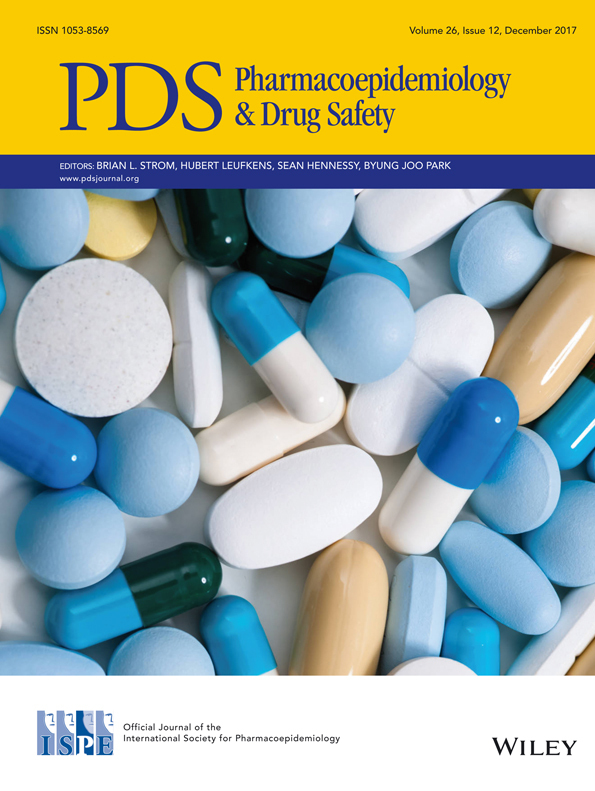Registries in European post-marketing surveillance: a retrospective analysis of centrally approved products, 2005–2013
Abstract
Purpose
Regulatory agencies and other stakeholders increasingly rely on data collected through registries to support their decision-making. Data from registries are a cornerstone of post-marketing surveillance for monitoring the use of medicines in clinical practice. This study was aimed at gaining further insight into the European Medicines Agency's (EMA) requests for new registries and registry studies using existing registries and to review the experience gained in their conduct.
Methods
European Public Assessment Reports were consulted to identify products for which a request for a registry was made as a condition of the marketing authorisation. All centrally authorised products that received a positive opinion of the EMA Committee for Medicinal Products for Human Use between 1 January 2005 and 31 December 2013 were included. Data regarding registry design and experiences were collected from EMA electronic record keeping systems.
Results
Of 392 products that received a positive Committee for Medicinal Products for Human Use opinion during 2005–2013, 31 registries were requested for 30 products in total. Sixty-five percent were product registries whereas 35% were disease registries and 71% of the registries had a primary safety objective. Most commonly reported issues with registries were delayed time to start and low patient accrual rates.
Conclusions
The delays found in getting new registries up and running support the need to improve the timeliness of data collection in the post-marketing setting. Methodological challenges met in conducting this study highlighted the need for a clarification of definitions and epidemiological concepts around patient registries. The results will inform the EMA Patient Registry initiative to support use of existing patient registries for the post-authorisation benefit–risk monitoring of medicinal products. © 2017 Commonwealth of Australia. Pharmacoepidemiology & Drug Safety © 2017 John Wiley & Sons, Ltd.




